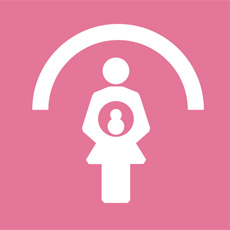Gestational Diabetes: an overview with attention for developing countries
Gestational diabetes mellitus (GDM) is defined as a glucose intolerance that occurs for the first time during pregnancy. It usually presents between 24 and 28 weeks gestation. At first patients have no particular symptoms; later, however, they can be affected by symptoms such as blurry vision, fatigue, skin infections, nausea, vomiting, and weight loss despite


- Author: Schiavone M., Putoto, G., Laterza F., Pizzol D.
- Published on: Endocrine Regulations, 2016 May
- Research country: Mozambique
- READ ARTICLE »
Gestational diabetes mellitus (GDM) is defined as a glucose intolerance that occurs for the first time during pregnancy. It usually presents between 24 and 28 weeks gestation. At first patients have no particular symptoms; later, however, they can be affected by symptoms such as blurry vision, fatigue, skin infections, nausea, vomiting, and weight loss despite increased appetite.
It is now possible to identify pregnant women at risk for GDM by screening them for diabetes mellitus (DM). However, an effective and economically feasible solution has yet to be found for GDM prevention and care in low-income African countries, in alternative to the current use of insulin in such patients.
This study describes the current situation with regard to the epidemiology, physiopathology, diagnosis and management of GDM in low-income countries, outlining the basis for further research.
Advanced search
Refine your search using the filters below.
Research collections
Download papers, abstracts and posters on CUAMM's activities in Africa.